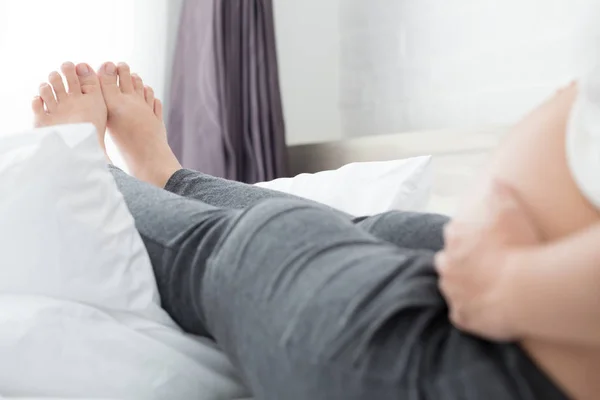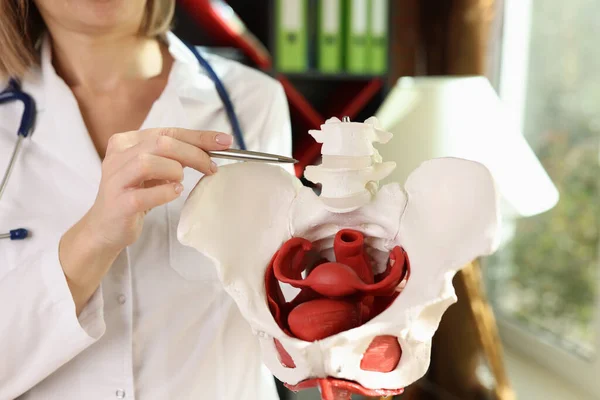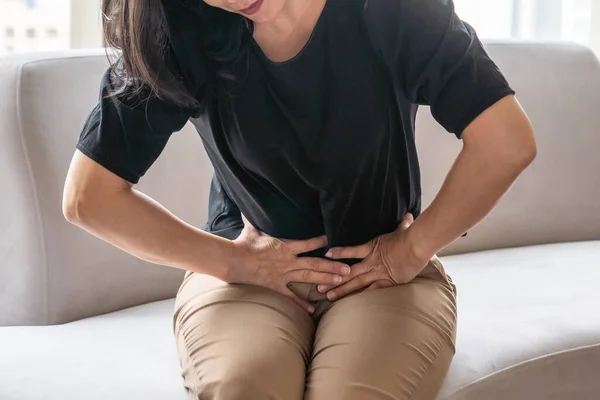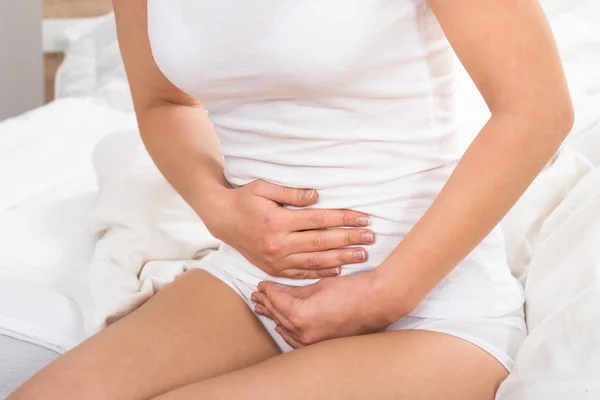As you know, pregnancy results in many bodily changes. Up to 80 % of women experience a degree of blood pooling in the lower legs, often starting in the first trimester. This is due to several factors:
- the effect of oestrogen and progesterone softening the walls of the veins,
- an enlarged uterus physically compressing major veins and reducing venous return, and
- a major increase in total blood volume by a whopping 45%!
- Be assured that varicose veins and swelling is common during pregnancy, will not generally cause harm and will usually improve after giving birth.
- If you have had a sudden increase in swelling, especially if you are very swollen in the legs, hands or face, it is best to play it safe and ring your midwife or obstetrician as they will be on the lookout for signs of pre-eclampsia. If the symptoms are milder or more gradual, mention this to your healthcare provider/ physio at your next appointment for assessment.
- Elevate your feet for short periods through the day to help drain the swelling. This can also be useful to reduce the need to visit the bathroom multiple times in the night, which is your body’s attempt to drain the excess fluid.
- Avoid prolonged periods of standing, or if necessary for work, try perching on a stool. This can be particularly helpful for vulval varicosities.
- See your physio to discuss compression garments or braces for the feet or vulva. These can make a big difference to levels of comfort during the day and consequently the night, as there is less opportunity for fluid to pool in and around the veins. Medical grade compression garments for the legs can only be prescribed by a trained physio or vascular surgeon.





